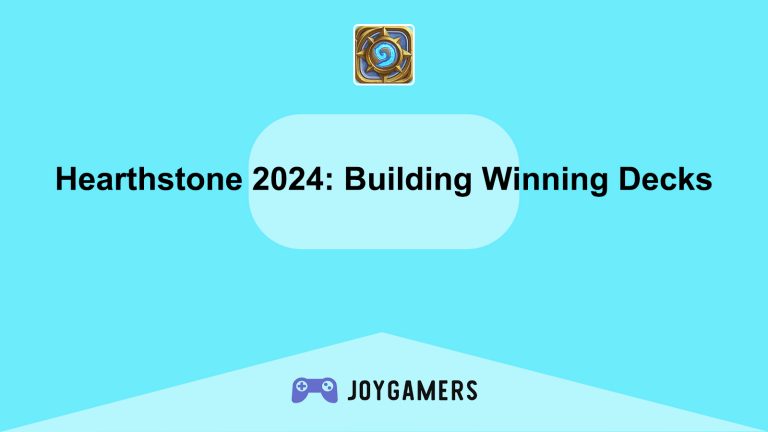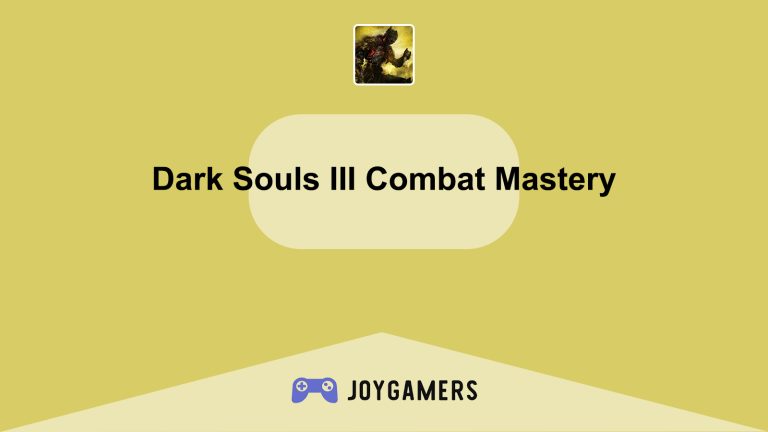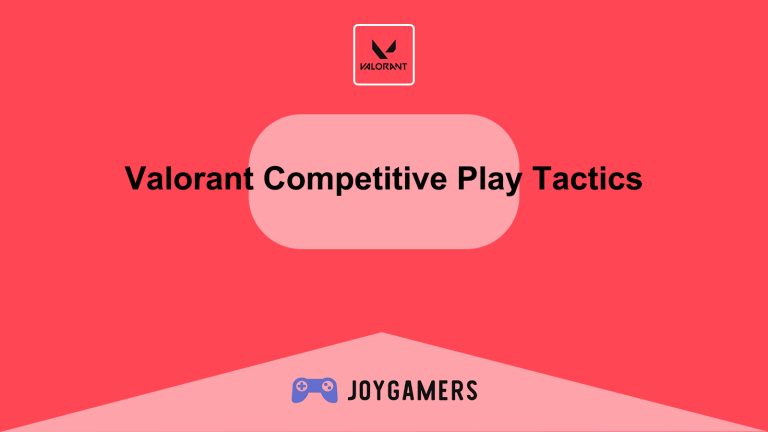Introduction to League of Legends
League of Legends (LoL) is a complex and engaging Multiplayer Online Battle Arena (MOBA) game that combines elements of strategy, teamwork, and personal skill. For beginners, the game can seem daunting due to its depth and the diversity of its champion pool, strategies, and gameplay mechanics. This guide is designed to help new players navigate their early experiences in League of Legends, covering fundamental aspects of gameplay, champion selection, and overall strategy.
- Understanding the Game Objectives: The primary goal in League of Legends is to destroy the enemy’s Nexus, a structure located at the heart of their base. This objective is protected by a series of turrets, minions, and enemy champions.
- Map Layout: League of Legends is played on a map called Summoner’s Rift, which is divided into three main lanes (top, middle, and bottom) and a jungle area filled with neutral monsters. Understanding the layout is crucial as it affects movement, objective control, and vision.
- Roles and Lanes: Each of the five players on a team typically assumes one of five roles: Top, Mid, Jungle, ADC (Attack Damage Carry), and Support. Each role has specific responsibilities and preferred champion types, influencing the team’s strategy and individual gameplay.
- Choosing Your Champion: Selecting a champion is one of the first decisions you make in a game, and it’s vital to choose one that suits your preferred playstyle and the needs of your team.
- Champion Classes: Champions are categorized into different classes such as tanks, fighters, mages, assassins, and supports. Each class has a general role, like tanks being frontline protectors and mages dealing burst damage from a distance.
- Understanding Abilities: Each champion has a unique set of abilities (three basic abilities, one ultimate, and a passive) that define their role in battles. Familiarizing yourself with these abilities and how they can combo with teammates’ abilities is key to mastering your champion.
Mastering the Basics
Before you can excel in League of Legends, you must grasp the core concepts that are essential for every player, regardless of the role or champion they choose. These include last-hitting, warding, and understanding the significance of objectives.
- Last-Hitting Minions: The act of dealing the killing blow to minions to earn gold is known as last-hitting. This is a fundamental skill that all players must develop, as gold is crucial for purchasing items that enhance your champion’s abilities.
- Practice Makes Perfect: Regular practice in a low-pressure environment, such as custom games or against AI opponents, can help improve your timing and accuracy. Understanding the damage output of your champion at various stages of the game is crucial for effective last-hitting.
- Wave Management: Beyond just killing minions, managing the minion waves—freezing, pushing, slow-pushing—can control the flow of the lane, affect your vulnerability to ganks, and impact your ability to leave the lane and participate in fights.
- Warding and Vision Control: Vision wins games in League of Legends. Using wards to light up the map is essential for spotting enemy movements and securing objectives safely.
- Types of Wards: There are several types of wards, including Stealth Wards, Control Wards, and the wards from the trinket items. Knowing where and when to place these can prevent enemy ganks and secure objectives.
- Map Awareness: Constantly checking the minimap and reacting to the information you gather from wards is as crucial as placing them. Awareness prevents ambushes and informs your strategic decisions.
Developing Game Sense and Strategy
Game sense involves understanding what is happening in the game and what the best course of action is at any given moment. This includes knowing when to engage in fights, when to take objectives, and how to respond to the enemy team’s movements.
- Objective Prioritization: In League of Legends, various objectives like turrets, dragons, the Baron Nashor, and inhibitors can turn the tide of the game. Knowing which objectives to prioritize and when can give your team significant advantages.
- Objective Timing: Keep track of the spawn times of major objectives and set up in advance to contest them. Communicate with your team to ensure you have the necessary resources (like Vision Wards and available ultimates) to secure these objectives.
- Risk Assessment: Engaging in fights around objectives should be calculated. Assess the strength of your team relative to the enemy’s, the availability of your and their resources (like cooldowns and health), and the potential benefits and drawbacks of winning or losing the fight.
- Teamfight Tactics: Succeeding in teamfights requires more than just individual skill; it demands coordination and understanding the synergies and counters among champions.
- Positioning: Your position relative to both your team and the enemy team can be crucial, especially if you’re playing a high-value target like an ADC or a key damage dealer like a mage.
- Focus Targets: Identifying key targets in enemy ranks such as high-damage dealers or crucial support champions can make the difference in a teamfight’s outcome.
Conclusion
Starting in League of Legends can be challenging, but with patience and practice, the complexities of the game become manageable and enjoyable. Focus on mastering the basics, developing a deeper understanding of the game’s mechanics, and always aim to learn from each match, whether it’s a win or a loss. As you grow more comfortable with the game’s structure and pacing, you’ll find yourself making smarter decisions and contributing more effectively to your team’s efforts. Remember, every professional player started as a beginner, and persistence is key to success in the world of League of Legends.




